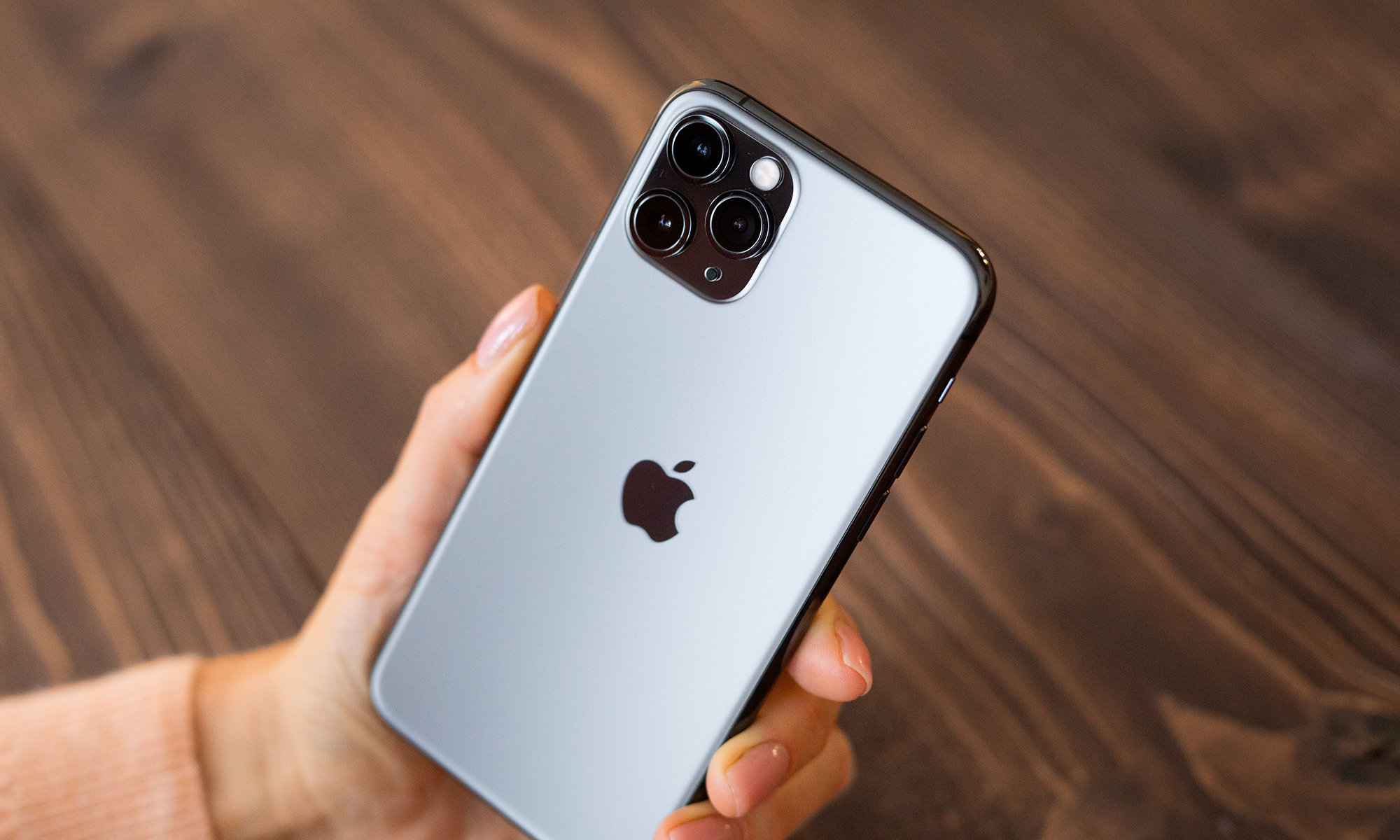
The Intel XMM 7360 modem. Image source: Intel.
Back in late 2013, Intel (INTC +3.36%) told investors it planned to gain significant share within the tablet market fairly quickly. However, since the company did not have a product with a suitable cost structure to go after the low end of the market (where much of the volume is), it had to provide tablet vendors with "contra-revenue" payments to offset that additional cost.
With rumors swirling that the chipmaker is poised to win a portion of the modem orders for the upcoming Apple (AAPL 0.34%) iPhone 7, there has been some talk that Intel might use a similar "contra-revenue" trick to win this business.
I can say with an extremely high degree of confidence that this will not be the case. If Intel wins this business, it'll win it without providing a dime of "contra-revenue."
Intel's mobile group is focused on profitability
In 2014, Intel's mobile group lost a whopping $4.2 billion. Since then, the company has been focused on steadily improving the profitability of this business with the aim of turning a profit out in time. So far, Intel has done a solid job of bringing those losses down, with the losses down by about $1 billion in 2015 and expected to come down by another $800 million in 2016.
I expect the company will continue to focus on improving the profitability of this segment. Winning a fairly large contract like the Apple iPhone and effectively recording no (or even negative) revenue for each unit sold really works against that goal.
Some may be overstating the potential profitability of this deal, though
In a report from Credit Suisse, the analysts estimate that if Intel wins about 30% of the iPhone 7 modem business, it could bring in around $266 million in revenue during calendar year 2016 and operating income of $159 million.
The underlying assumption here is that Intel's average selling price per modem will come in at around $15, and that the incremental operating margin on this business is around 60% (note: the text of the report says 50%, but the calculations provided in the report show 60%), implying gross profit margins of 60% (since there likely wouldn't be any material incremental R&D or marketing costs associated with this win).
I think the gross profit margin assumption is far too high.
For one thing, I suspect the main reason Apple would want to go with Intel for some of its orders would be to encourage Intel to remain in this business over the long term since it benefits financially from having multiple suppliers vying for its orders. 60% gross profit margin is likely well above what Qualcomm takes for its modems since its chip business overall commands far lower margins, so it's hard to imagine Intel is going to come in and win some of this business at such high margins.
Since Intel's cost structure is likely worse than Qualcomm's as far as stand-alone modems go (Intel has them built by third parties, but it doesn't have the scale Qualcomm has with its own manufacturing partners), and since Intel is likely to make pricing concessions to win this business, I would estimate gross profit margins on this deal at somewhere between 25% and 35%.
In this case, the revenue and, more importantly, operating income opportunities from such a deal are likely more limited than what the analysts from Credit Suisse suggest.







